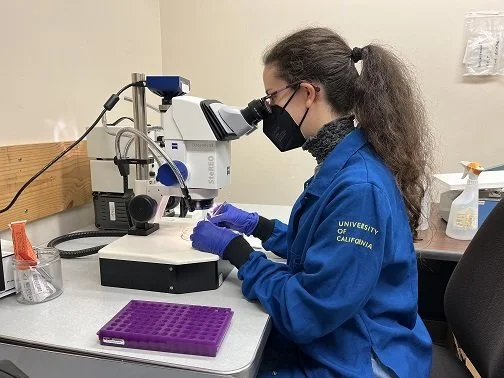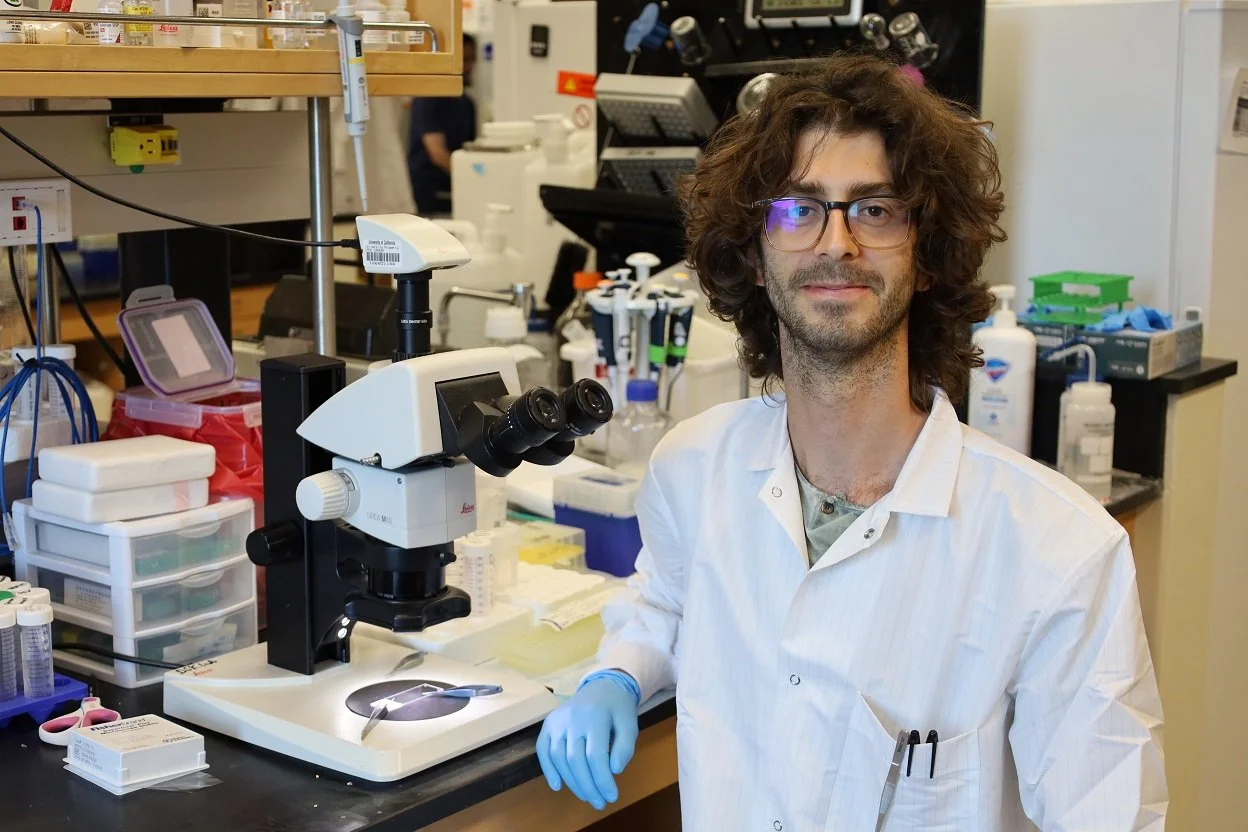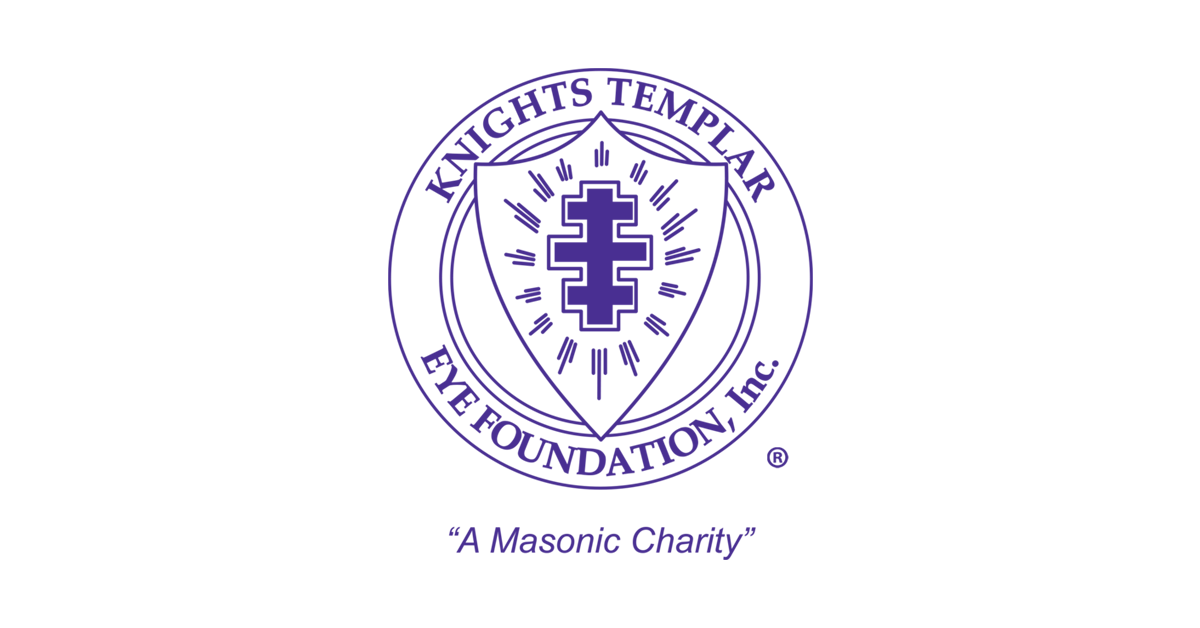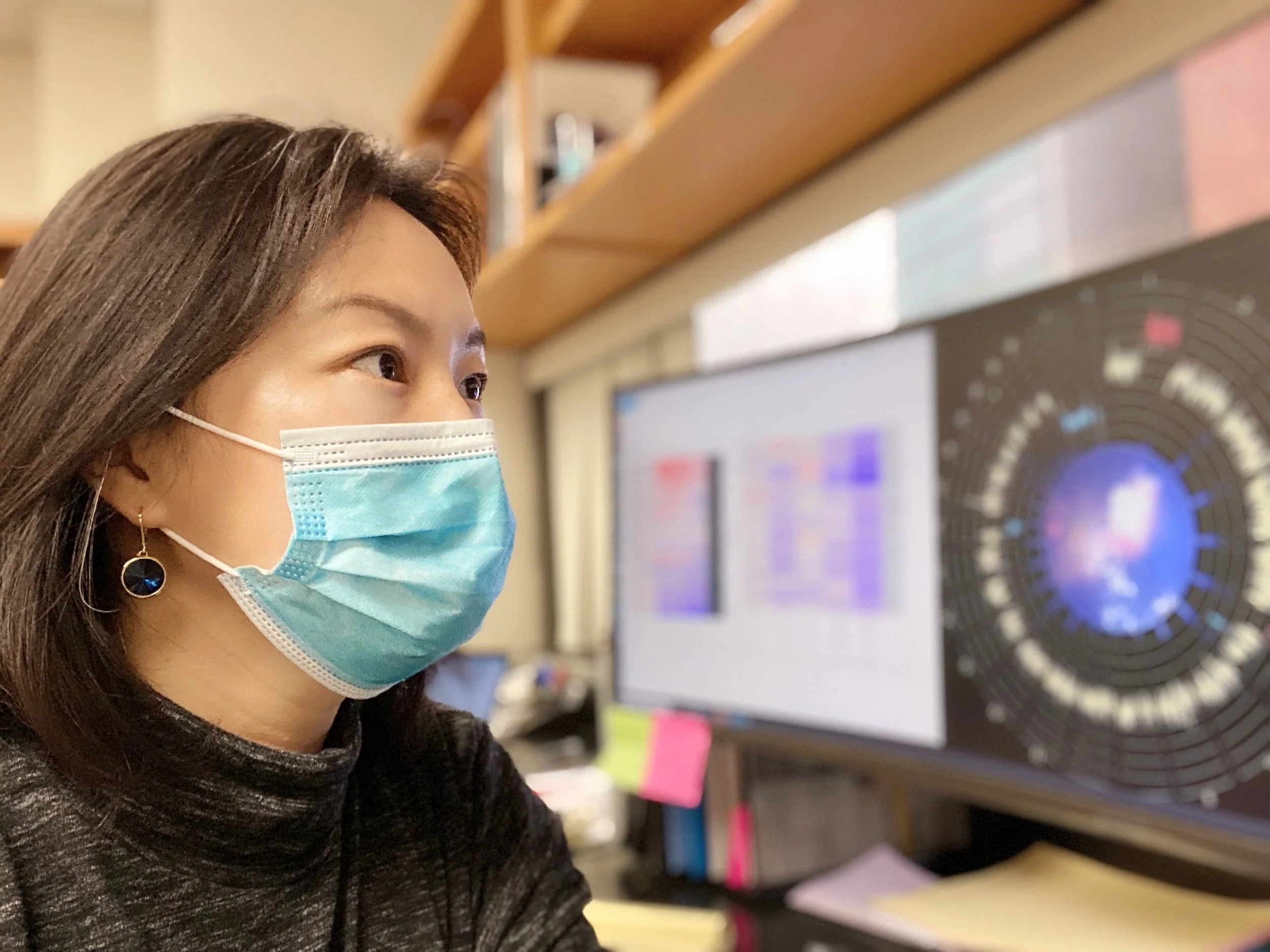Batten disease is one of the most common and devastating diseases of the brain and nervous system in children. This family of diseases is caused by mutations in 1 of 13 genes that normally allow nerve cells to break down waste products. Without the ability to breakdown cellular waste, those nerve cells become diseased and lead to rapid blindness, coordination and strength loss, decline in intelligence, and eventually seizures and premature death, usually before a child is 10 years old.
Read MoreRetinal ganglion cells (RGCs) are the principal neuron in the retina that transmit light signal from the photoreceptors to the brain ultimately leading to the perception of vision. Loss of RGCs is a final common endpoint in many childhood blindness such as optic nerve hypoplasia (ONH).
Read MoreAs these diseases can cause children to become blind, a time course of years is hardly adequate to save their vision. It is known that processes associated with the immune system, specifically those that enhance inflammation, are increased in retinal diseases. It is the goal of this proposal to test pharmaceuticals aimed at decreasing inflammation to preserve the vision of a mouse model of an early onset inherited retinal disease.
Read MoreDespite being needed in all cells of the body, mutations in NMNAT1 cause almost exclusively the death of photoreceptor cells, causing a severe vision loss since birth. Human induced pluripotent stem cells (hiPSC) have the potential to differentiate into photoreceptors and other cells of the retina mimicking retinal development.
Read MoreAmblyopia, aka ‘lazy eye’, is the leading cause of visual impairment, affecting ~1% of the population worldwide. It is most-often caused by a misalignment of the eyes during a childhood developmental ‘critical period’ for binocular vision. Because of a mismatch in the quality of vision for each eye during this period, the brain learns to ‘ignore’ the worse eye, resulting in a permanent loss of vision. After ~6-9 years of age in humans, there is no cure for this. Dr. Grieco recently found in pre-clinical studies that a neurotherapeutic induces visual system neuroplasticity and reverses the effects of amblyopia to restore vision.
Read MorePediatric blepharokeratoconjunctivitis (BKC) is a common but poorly understood childhood disease in which the surface of the eye becomes inflamed. This condition typically affects young children whose vision is still developing, causing issues from eye redness and irritation, to debilitating light sensitivity and permanent vision loss due to corneal scarring.
Read MoreThis data will provide new insight into mechanisms contributing to COL4A1-related ASD and could pave the way to understand more general causative mechanisms of ASD.
Read MoreHe will utilize a mouse model of acute retinal necrosis that he has developed, and mimics human disease, to better understand the pathogenesis of the disease and the role of important innate immune pathways to identify future therapeutic targets.
Read MoreThe overall goal of his research is to develop a non-invasive retinal drug delivery system for children affected by retinal diseases, which is currently exceptionally difficult due to the inadequacy of the administration method.
Read MoreThe Knights Templar Eye Foundation Inc. has announced a Pediatric Ophthalmology Research Grant Award Program of $3 Million. The Knights Templar Eye Foundation Inc. (KTEF) invites eligible investigators to submit applications for Pediatric Ophthalmology Career-Starter Research Grants for the next award period of July 1, 2023 to June 30, 2024. The Foundation estimates approximately 33 grants of $90,000 each will be awarded. Deadline for the receipt of the submission is Sunday January 15, 2023.
Read MoreThe Knights Templar Eye Foundation directorship in Pediatric Vision Research was established in March 2021 by the Knights Templar Eye Foundation in collaboration with Vanderbilt University Medical Center in honor of John S. Penn, PhD, to support clinical or basic research on conditions that are potentially preventable or correctable in infants and children. This Professorship endowment was awarded $2 million from the Foundation and was matched dollar for dollar by Vanderbilt University.
Read MoreKTEF is at the center of pediatric ophthalmology. By identifying key areas of research for seed funding, KTEF accelerates research into experimental areas where, over the last few decades, the greatest advances in pediatric ophthalmology have been made. The Knights Templar have launched some of the most important careers in the field, including Dr. Lee’s.
Read MoreThe KTEF Pediatric Ophthalmology VR Simulation Program is a first-of-its-kind educational initiative, offering free, open, cutting-edge simulation training to ophthalmologists worldwide through the use of VR headsets, other hardware, and web browsers widely available to consumers.
Read MoreThank you to each of you for what you do for Templary, and May God Bless You for your support in this 55th Annual Knights Templar Eye Foundation Voluntary Campaign. Please remember what the Apostle Paul wrote to the Corinthians in 2 Corinthians 9:7 Every man according as he purposeth in his heart, so let him give; not grudgingly, or of necessity: for God loveth a cheerful giver.
Read MoreHe will compare the results from ROP animals with that from healthy animals to check how ROP damages the retina. They will also calculate several indicators to evaluate the degree of difference in retina. The evidence and results will cast new insight of doctors’ clinic practice for ROP.
Read MoreThe KTEF grant allowed ARVO to award an additional 95 travel grants in 2022, an increase of nearly 21%, for a total of nearly 462 grants for the year. For more than half a century, the KTEF has funded research grants with the goal of improving and preserving vision. As our Foundation has grown since its inception in 1955, it has expanded the number and size of grants and has commenced new initiatives in ophthalmology research and education. The Foundation’s research grants are targeted to new research by those in the early stages of their careers.
Read MoreThis novel biomedical research is the first step to develop disease-specific, minimally invasive methods for clinical diagnostics using EVs with improved understating of the applications of AH liquid biopsy as well as future development of new therapeutic approaches.
Read MoreAt the 2022 Grand Commandery of California Annual Conclave a Sword of Merit was presented by SK David Kussman, Grand Master of the Grand Encampment Knights Templar; SK Jeffrey Bolstad, Deputy Grand Master of the Grand Encampment Knights Templar to the outgoing Grand Commander; SK David Studley who is also the Grand Captain General of the Grand Encampment Knights Templar. All three are also Officers and Trustees of the Knights Templar Eye Foundation.
Read MoreThe 54th Annual Voluntary Campaign Final Report is now available for review.
Read MoreThe Officers and Trustees of the Knights Templar Eye Foundation wish to thank all Grand Commanderies that have become either 100% or 200% Life Sponsors within their jurisdiction and also to those Grand Commanderies that are activity working towards the 100% goal.
Read More



















